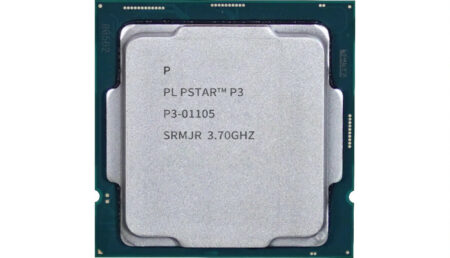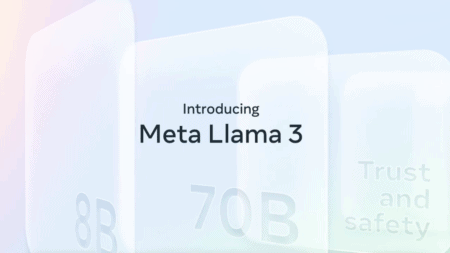Amazon Web Services (AWS) has made the Elastic Compute Cloud (EC2) i3en instances available. According to the company, these provide a lower price per TB for storage and a higher storage density. That’s what ZDNet reports.
The new offer comes in response to questions from customers. Users of the i3 instances use them to host distributed file systems, relational and NoSQL databases, in-memory caches, key-value stores, data warehouses and MapReduce clusters.
Customers asked for a lower price per TB of storage, an increased storage density to enable workload consolidation and processing upscaling, and a higher level of network bandwidth and instance storage to vCPU. The new i3en installations must meet these requirements.
The instances are driven by AWS-custom Intel Xeon Scalable (Skylake) processors with 3.1 GHz sustained all-core turbo performance. It also includes up to 60 TB of high-speed NVMe storage and up to 100 Gbps of network bandwidth. The i3en-instances are available in the regions in the east and west of the United States and Europe (Ireland) in On Demand and Spot form. The company also makes Reserved Instances, Dedicated Instances and Dedicated Hosts available.
Bare metal-instances
In February AWS made five bare metal instances available for EC2. These new types were made available for workloads that require direct access to the processor and underlying hardware, while ensuring scalability and security.
According to AWS itself, the instances are therefore intended for very specific use cases. Bare metal instances enable EC2 customers to run applications that take advantage of deep performance analysis tools, specialized workloads that require direct access to bare metal infrastructure, legacy workloads that are not supported in virtual environments, and licensing-restricted tier 1 business critical applications.
The five instances, called m5.metal, m5d.metal, r5.metal, r5d.metal and z1d.metal, offer different resources. The z1d.metal, for example, is the only one that offers a maximum of 4.0 GHz with the sustained all-core turbo. For the other instances, this is 3.1 GHz.
This news article was automatically translated from Dutch to give Techzine.eu a head start. All news articles after September 1, 2019 are written in native English and NOT translated. All our background stories are written in native English as well. For more information read our launch article.

















